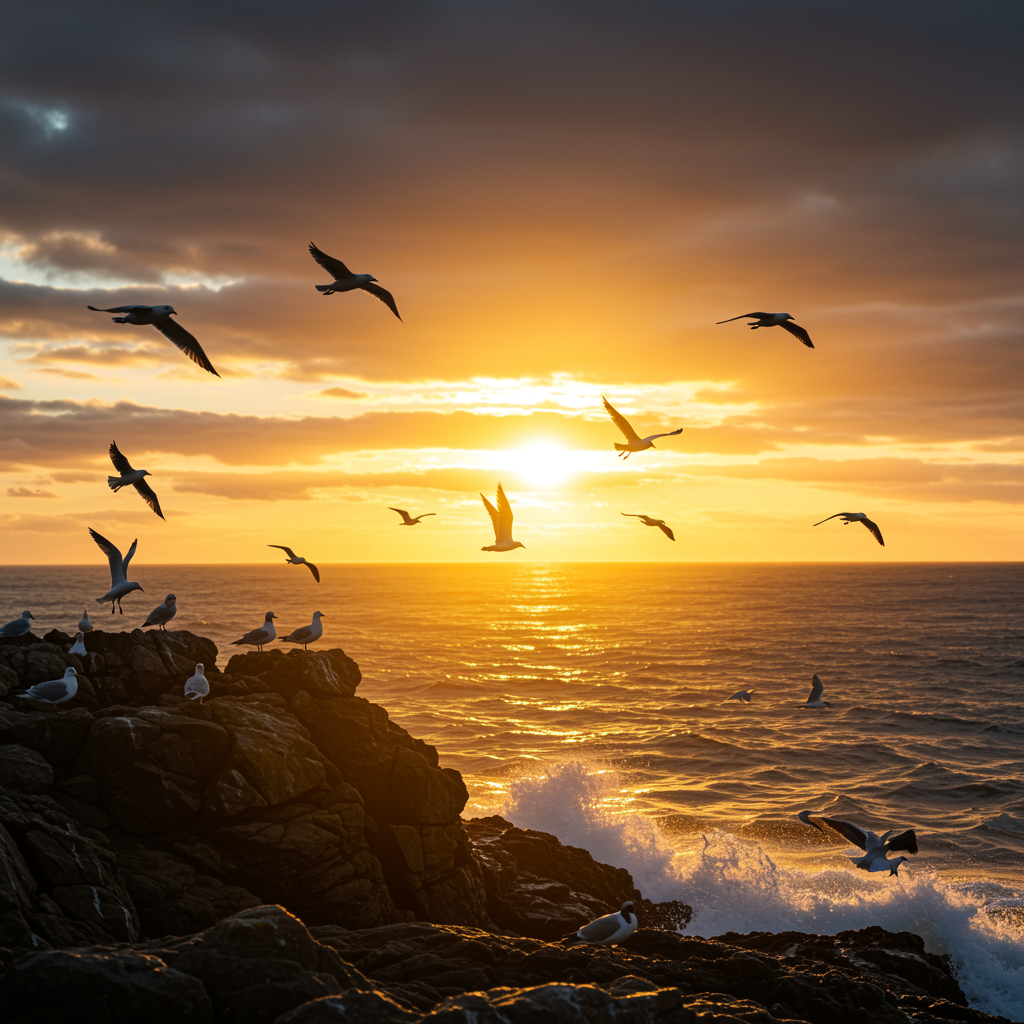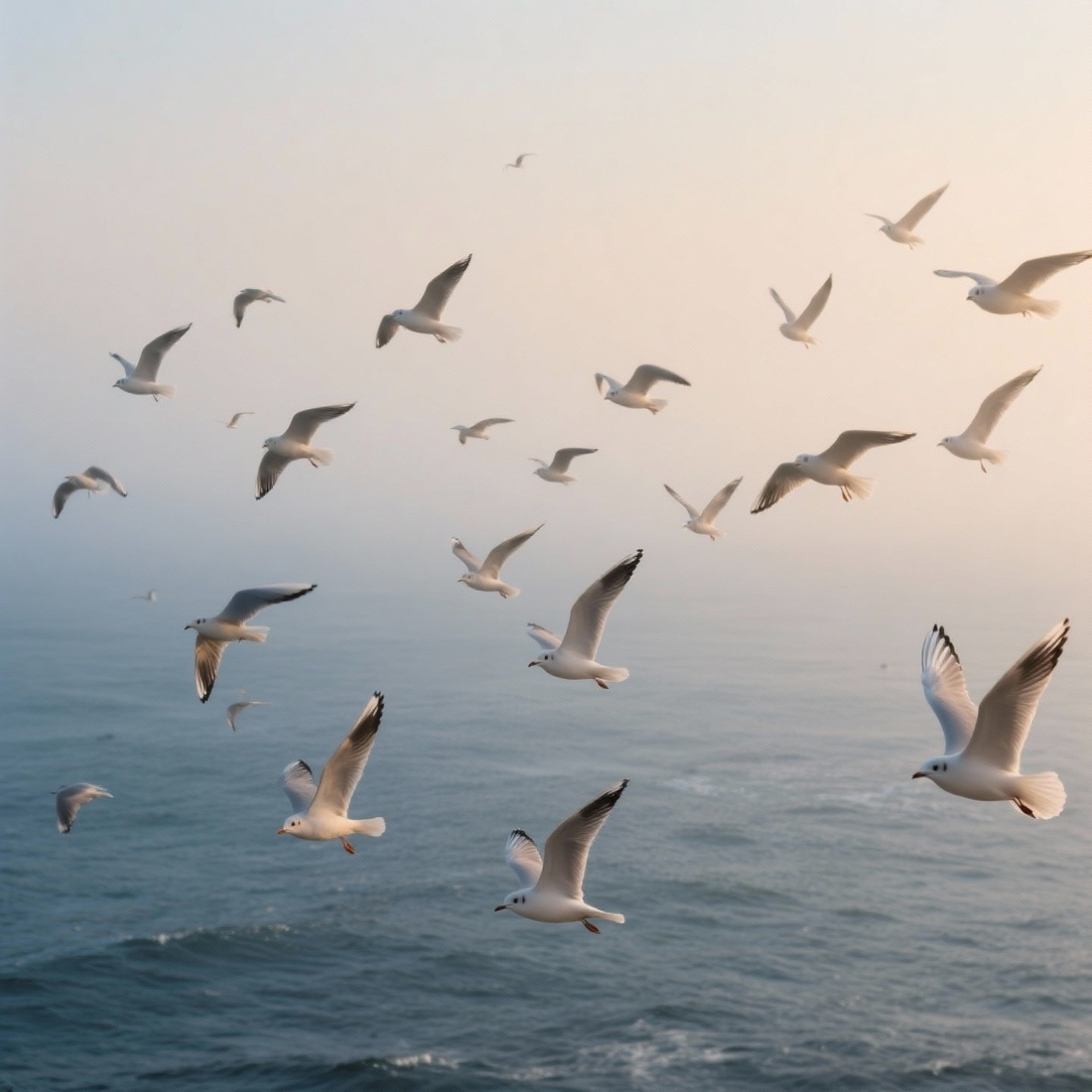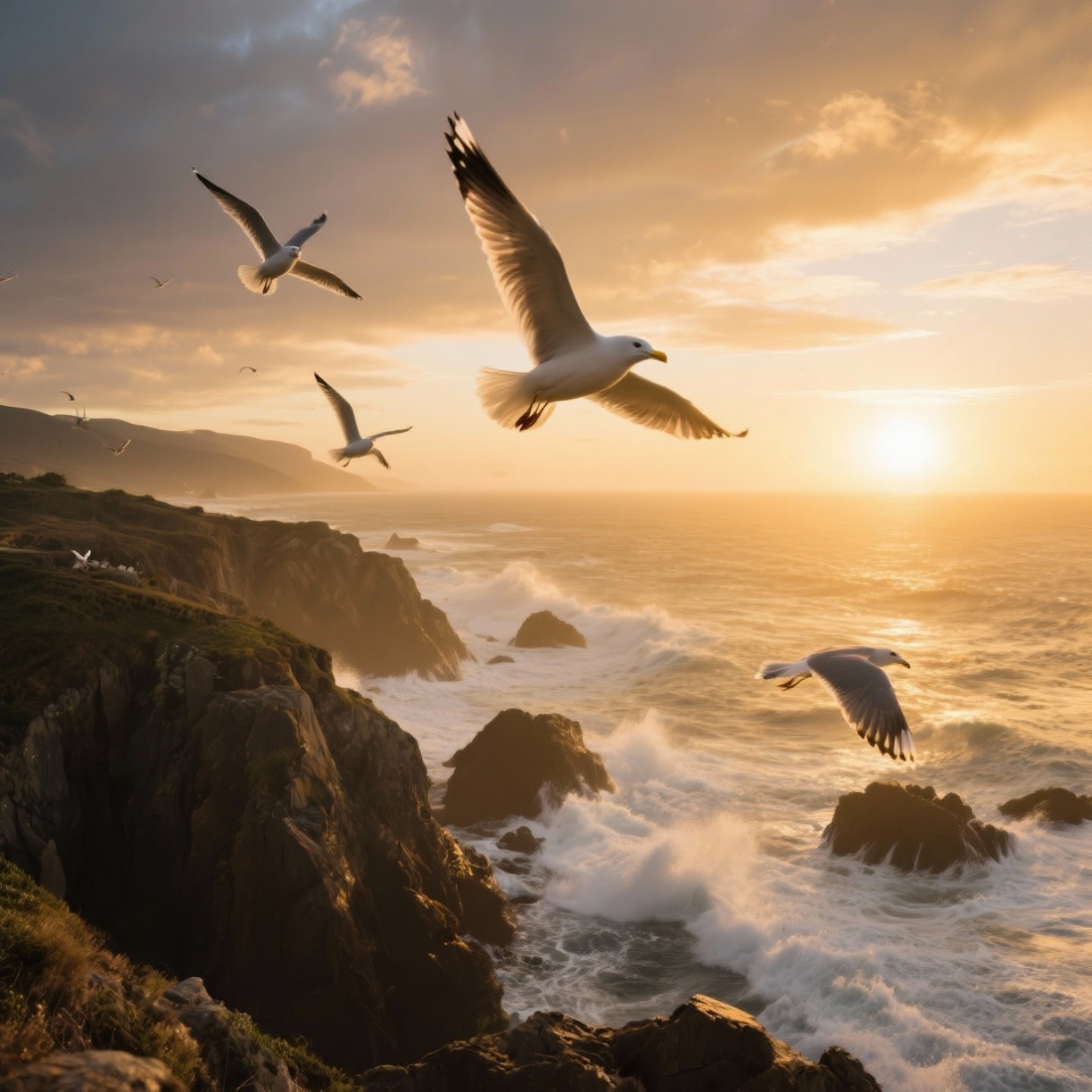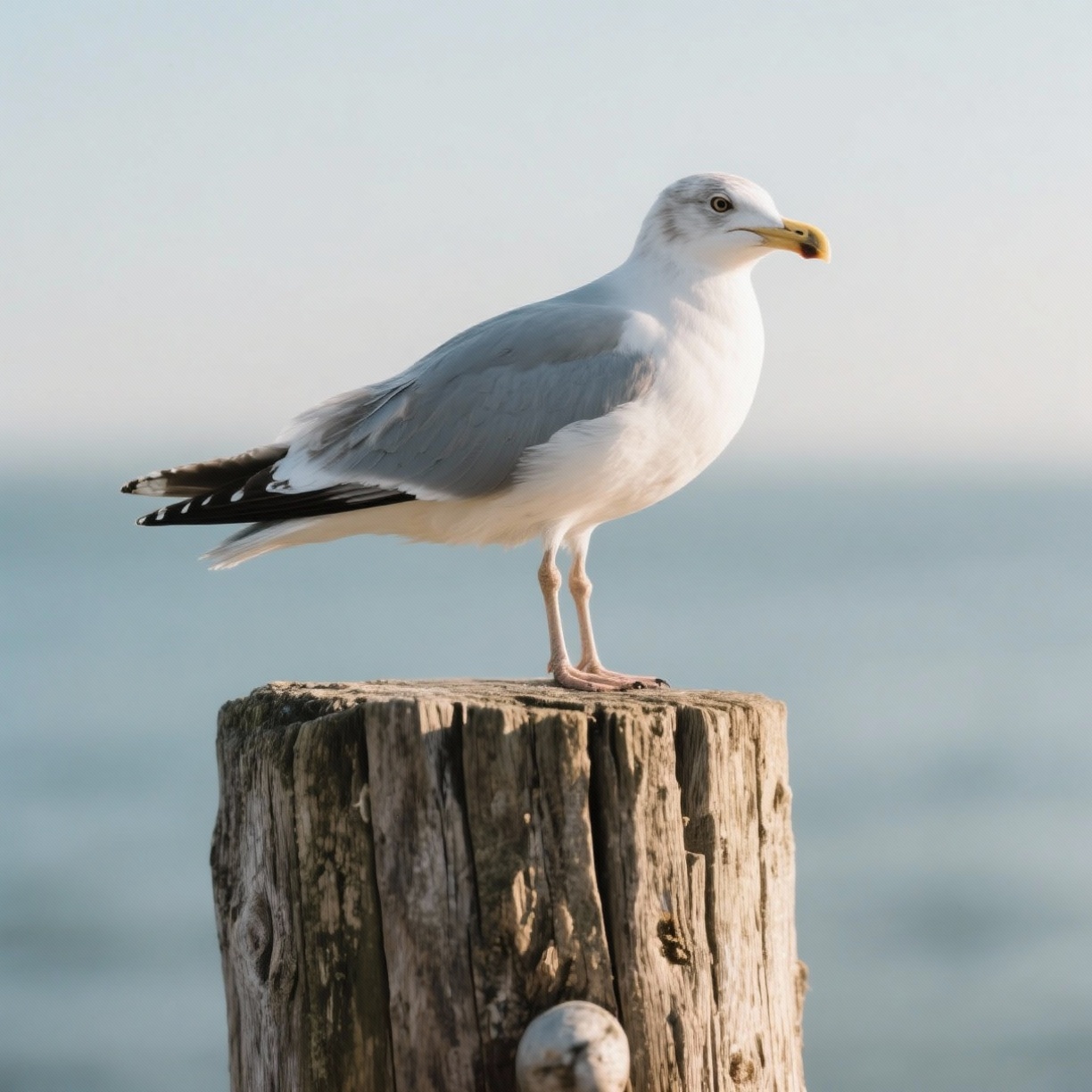Understanding Sea Birds
Sea birds are species that spend most of their lives near or on the ocean. They are masters of navigation, capable of crossing continents and diving hundreds of meters deep in search of food. Unlike land birds, they rely on marine ecosystems, feeding on fish, plankton, and crustaceans.
Over 300 species of sea birds have been recorded globally, grouped into several distinct families ? from tiny storm-petrels to colossal albatrosses. Below is a closer look at their diversity.

Types of Sea Birds
There are many types of sea birds, each adapted to a specific ecological niche. Some are excellent divers, others expert gliders. Here?s a simplified overview:
| Group | Common Sea Birds Names | Unique Trait |
|---|---|---|
| Albatrosses | Wandering Albatross, Black-browed Albatross | Largest wingspans (up to 3.5 m), expert long-distance flyers |
| Gulls | Herring Gull, Great Black-backed Gull | Adaptive scavengers thriving near coasts and harbours |
| Terns | Arctic Tern, Common Tern | Record-breaking migrations from pole to pole |
| Petrels | Storm Petrel, Shearwater | Small birds with tube-shaped nostrils, superb open-sea navigators |
| Puffins & Auks | Atlantic Puffin, Razorbill | Colourful bills and underwater ?flying? style |
| Pelicans | Brown Pelican, Australian Pelican | Large pouch beaks for scooping fish |
Sea Birds Names List
If you?re building your own sea birds names list for study or observation, consider grouping them by region:
- North Atlantic: Puffin, Kittiwake, Gannet
- Pacific: Shearwater, Frigatebird, Booby
- Southern Ocean: Albatross, Petrel, Skua
- Tropical Coasts: Pelican, Noddy, Tropicbird

Big Birds and Small Birds of the Sea
Among the ocean?s avian residents, there?s a striking size range ? from big birds like albatrosses and pelicans to small birds such as storm-petrels and sandpipers. Their contrasting forms show how evolution adapts to every ecological need.
Big birds use large wingspans for gliding vast distances with minimal effort, while small birds rely on agility and rapid wingbeats to survive harsh winds and predators.
How Do Birds Mate?
One of the most intriguing aspects of avian biology is reproduction. Many wonder: how do birds mate? Sea birds typically engage in elaborate courtship rituals ? synchronized flights, mutual preening, or gift-giving (such as small stones or fish).
Unlike mammals, birds have no external reproductive organs. Instead, mating involves a brief contact called the ?cloacal kiss,? where the male and female align their cloacas to transfer sperm. Afterward, the female incubates eggs in carefully chosen nesting sites ? cliff edges, burrows, or sandy beaches.

Sea Birds and Migration
Migration defines much of a seabird?s life. Arctic Terns, for example, travel over 40,000 miles yearly ? the longest migration known in the animal kingdom. Tracking these journeys helps scientists understand ocean health and climate change.
Projects like the Greenshank Migration Story show how community observation can support conservation. By submitting sightings via field reports, volunteers contribute valuable data for long-term ecological monitoring.
For Schools and Students
The educational side of seabird research connects classrooms with field science. Students can explore materials through school programs, participate in creative art challenges, and even simulate migration routes using maps and satellite data.

Why Sea Birds Matter
Sea birds are bioindicators of ocean health. Declines in their populations often warn scientists about overfishing, pollution, or habitat loss. Conserving them means protecting entire marine ecosystems.
By recognizing their role ? from scavengers cleaning beaches to apex hunters balancing fish populations ? we ensure the oceans remain alive for generations to come.
Final Thoughts
Whether you marvel at the mighty albatross or the fragile tern, all sea birds remind us of endurance and connection. Each species ? big or small ? carries centuries of adaptation written in its wings.
As part of the Greenshank Project, we celebrate not only their beauty but also the shared responsibility to protect them. The ocean?s story is not complete without its feathered voyagers.